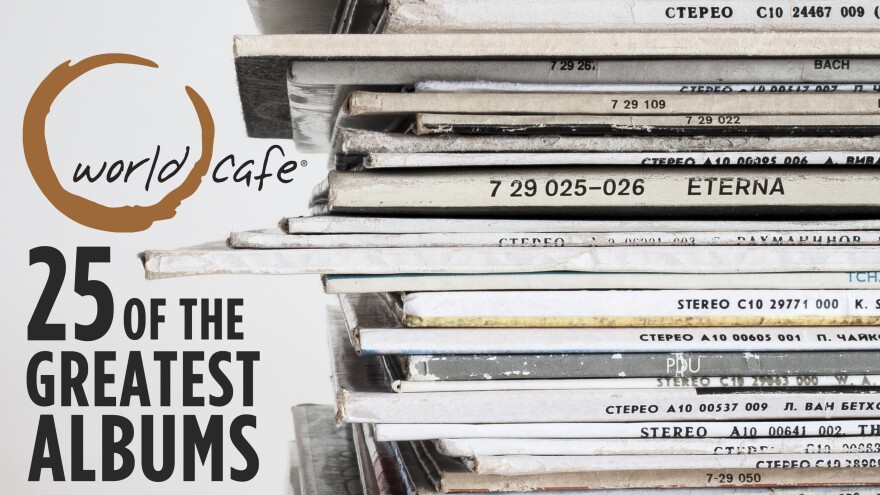While preparing for my departure from World Cafe as full-time host, I've been looking back on the last 25 years of the show. Flip back through the calendar pages with Talia Schlanger and me as we explore some of the greatest albums I've spun since the show's beginning, going all the way back to Richard Thompson's Rumor And Sigh from 1991.
Courtney Barnett
Sometimes I Sit And Think, And Sometimes I Just Sit (2015)
We fell head-over-heels in love with Melbourne, Australia's Courtney Barnett thanks to her 2015 debut full-length, Sometimes I Sit And Think, And Sometimes I Just Sit. It was a collection of material from her first two EPs, with clever lyrics that managed to feel like a loose stream of consciousness and sharp poetry at the same time. We featured Barnett on a World Cafe session, but it wasn't enough to satisfy our long-distance love affair. So we flew halfway around the world to catch her in her native habitat of Melbourne and take in a night of music from artists on her label, Milk! Records — which proves she's not only a tremendous musician, but also a powerful influencer from whom we can't wait to hear more. —TS

The War On Drugs
Lost In The Dream (2014)
Our World Cafe listeners span the U.S. from Anchorage to Zanesville, but for the past 25 years, we've made the show in Philadelphia. We try to stay unbiased and avoid ringing the bells louder for Philly bands than for other artists. But in 2014, there was no choice. It was the year the whole world was talking about a band from our backyard: Philly's The War on Drugs, thanks to its tremendous album Lost In The Dream. The band's third full-length was a masterpiece that topped some pretty prestigious year-end lists, including those of the New York Times and BBC Radio 6, and nailed a silver spot in the Guardian's best of 2014. We're told that lead singer Adam Granduciel took exceptional pains to make the album, including numerous re-writing and re-recording sessions. That's to say nothing of the pains you'll hear on the album: a bad breakup and major tour burnout wrapped in swirling psychedelia and sprawling rock. We've been holding our breath ever since Lost In The Dream, waiting for that next release. Until then, we'll settle for running into The War on Drugs at the grocery store. —TS

Jason Isbell
Southeastern (2013)
One of the greatest rewards of following artists over a long period of time is that you grow to care for them and celebrate their successes as if you truly know them. A major cause for celebration, then, was Jason Isbell's 2013 record Southeastern. Isbell had recently graduated from rehab, having kicked the alcoholism that had plagued his time with the Drive-By Truckers and his first few solo releases. He opened up about all of it — the daily struggles and the hard-earned triumphs — and underscored his very personal story with true Americana swagger on Southeastern. The album opens with an ode to the woman who helped save him from himself: his wife and gifted fiddler and songwriter Amanda Shires. What follows is a phoenix rising from rock 'n' roll ashes. —TS

Alabama Shakes
Boys & Girls (2012)
Alabama Shakes' full-length debut, Boys & Girls, was nothing short of explosive. The band released it in April 2012 and made its first appearance on the Late Show with David Letterman a couple days later. He introduced the group in true low-key Letterman fashion as "a rock 'n' roll band from Athens, Ala." Then Alabama Shakes played the single "Hold On," and Letterman lost his marbles in adoration. So did the music community — including the band's new best pal Jack White, whose endorsement is as good as it gets if you make blues-based garage rock. Boys & Girls delivered a fresh take on the jangly-garage sound that seemed to sweep the post-Black Keys rock community and introduced us to knockout lead singer and guitarist Brittany Howard, who is raw, real and totally unforgettable. —TS
The Black Keys
Brothers (2010)
Speaking of The Black Keys, its 2010 album Brothers was a breakthrough for the band. Patrick Carney and Dan Auerbach had been at it as a duo since making The Big Come Up in 2002. After that, they tried two different approaches to expanding their sound — first with the Danger Mouse-produced Attack & Release and then with Brothers, recorded partially in the soul mecca of Muscle Shoals, Ala. What made the difference might have been the Auerbach solo album Keep It Hid in between; being out of the loop seemed to energize Carney as much as the solo project did Auerbach. Brothers is an inventive leap that references many things from the past (including T. rex!) without sounding anything but current. It's hard not to like these guys when they sound this good. —DD

Arcade Fire
The Suburbs (2010)
How do you pick just one record from Arcade Fire's output over the last 10 years? In a way, I selected The Suburbs because of its breadth. This album explores the concept of "the suburbs" from musical angles unexpected for a band that had made a first impression with well-mannered bombast. Plus, these songs are just so smart and true to the reality of the suburbs that many of us experienced. Resolved: There has to be one Arcade Fire album in any overview of the past 25 years of World Cafe, if only because you're not allowed to choose one of their live shows! —DD

Bon Iver
For Emma, Forever Ago (2007)
A decade ago, a very lonely man holed up in a cabin in the woods. He entered as Justin Vernon, having broken up with a great love and with a great band. And he emerged as Bon Iver, with a debut album called For Emma, Forever Ago. He released it in 2007, and his gentle falsetto and wintery nostalgia made a whole lot of lonely people feel a whole lot less lonely. A few months later, the hip folks at Jagjaguwar decided more people needed to hear the album, so they signed Vernon and re-released For Emma, Forever Ago on their label. Just like that, an indie darling was born, and Bon Iver has continued to unite the lonely ever since. —TS

Robert Plant and Alison Krauss
Raising Sand (2007)
I do remember the first time I heard an inkling of Robert Plant and Alison Krauss' Raising Sand project: It was their version of the Roly Salley song "Killing The Blues," and I thought even then that it was kinda perfect. Raising Sand won the 2009 Album of the Year Grammy and spawned subsequent tours that were so popular and went on so long that both artists had to put their own projects on hold. We'll spread the credit for this one around: Plant had the original idea, but he had to pair his voice with that of the extraordinary Krauss, and producer T Bone Burnett provided the much-needed perspective to tie it all together. Those great artists plus perfect song selection and flawless performances equals easily one of the best albums of the World Cafe years. —DD

Death Cab For Cutie
Plans (2005)
Plans was Death Cab For Cutie's leap from indie label Barsuk to major label Atlantic. It is hard to argue with the quality of Chris Walla's production of Ben Gibbard's songs; he makes Death Cab sound warm in contrast to what had been heard on the equally wonderful but more brittle Transatlanticism. Looking back, it is also hard not to see that embracing releases like this, The Postal Service's Give Up and so many more to follow represented an expanding vision for the music heard on World Cafe. —DD
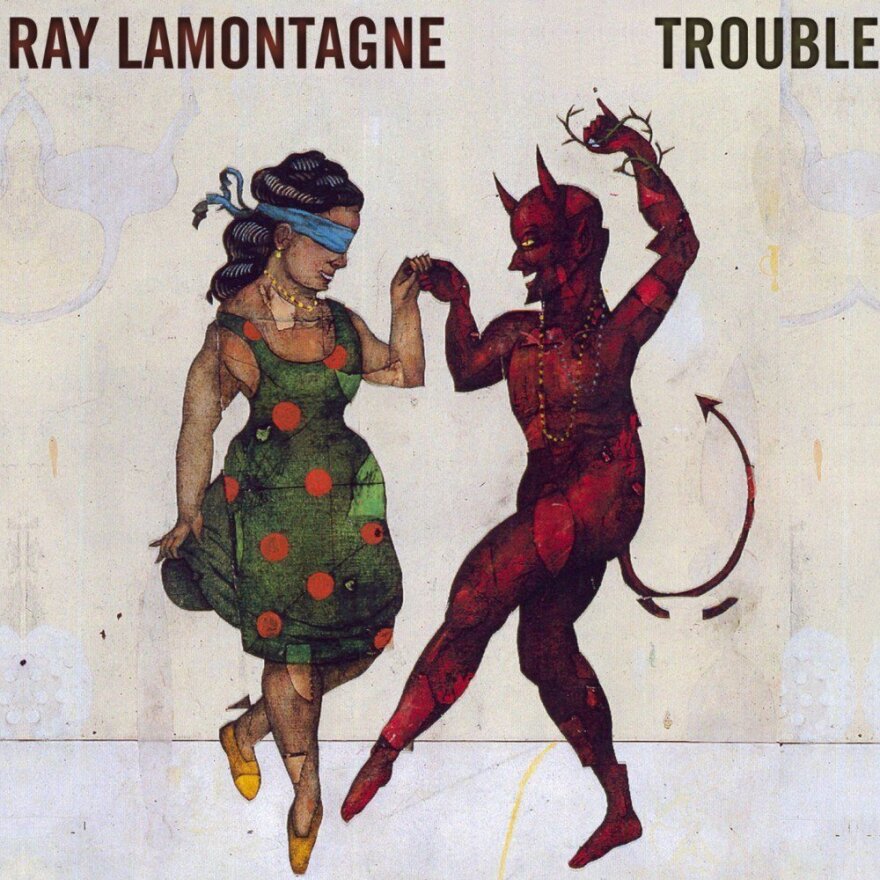
Ray LaMontagne
Trouble (2004)
I wonder if RCA Records knew what they had when they signed Ray LaMontagne back in the early 2000s. They must have known he had an extraordinary voice, but were they aware they had signed a true artist? LaMontagne, a former factory worker from Maine, was an unlikely star: a recluse put on stage and out on the road to endure countless interviews and less-than-attentive audiences. His voice reminds many of an American Van Morrison, and his phrasing owes a lot both to R&B and to the singer-songwriters he must have listened to growing up, like Stephen Stills. The work he has done since this first album, Trouble, has also been extraordinary, but this album is important because it was our introduction to an artist who even then showed great maturity of vision — and, of course, wrote great songs. —DD
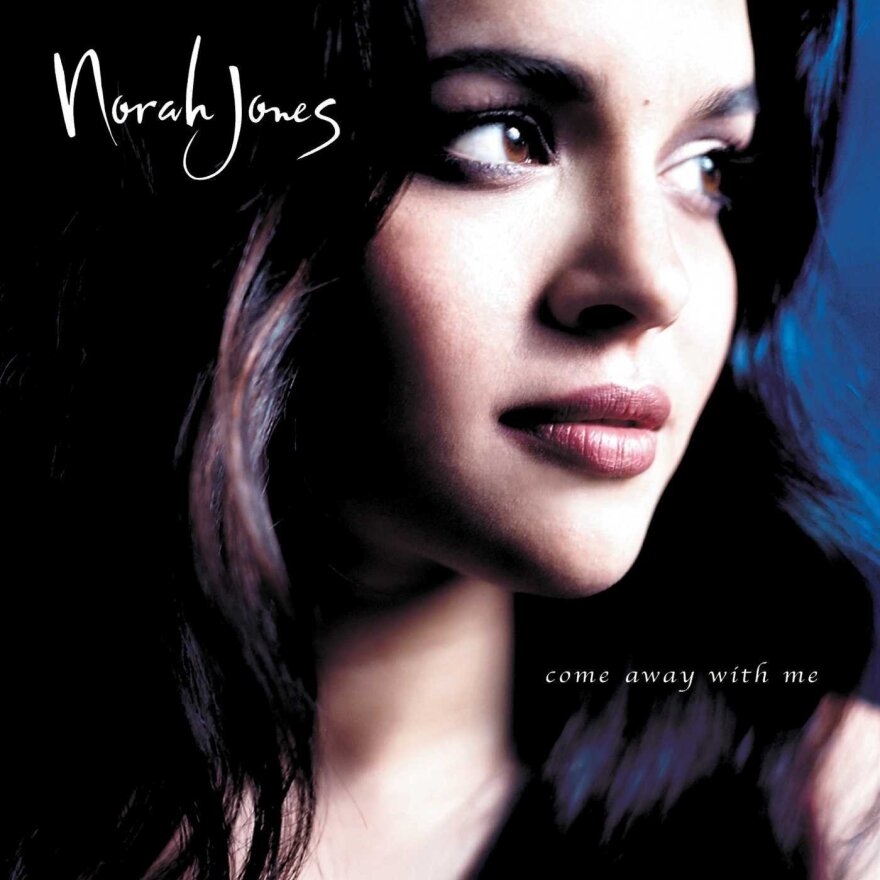
Norah Jones
Come Away With Me (2002)
We were invested in Norah Jones' career well before the release of her debut album, Come Away With Me, in 2002. We'd heard about this piano-playing Texas singer first from her NYC-based musician friends; then, the EPs and singles distributed in advance of the album's release hooked us. While nobody could have predicted the unprecedented sales of this debut — 26 million-plus worldwide — nobody could deny her talent after hearing her voice, either. Jones' sound, encompassing jazz, soul and country, was easily embraced by the World Cafe audience. She complemented her down-tempo songs with a soulful delivery and sympathetic backing, and the album won an armful of Grammys in 2003. —DD

Damien Rice
O (2002)
Damien Rice's O was one of the most carefully conceived albums ever released. It started from the outside, with a textured cover that seemed more like an art edition of a novel than an album. When you got to the music inside, the intimacy of Rice's singing and that of his co-vocalist, Lisa Hannigan, took your breath away. Rice is from Ireland and had some early success with the band Juniper, which also contained the members of what has become Bell X1. When he set out to make O, he said he wanted to do it on his own, fearing that any record company's intervention would compromise the art. Maybe he was right — you almost can't imagine a record label sanctioning an album this personal. The opening run of "Delicate," "Volcano," "The Blower's Daughter" and "Cannonball" is otherworldly. Looking back, it remains Rice's singularly stunning achievement; Hannigan, his partner in song, has now become the more prolific of the two. —DD

Wilco
Yankee Hotel Foxtrot (2001)
Maybe you remember when, back in 2001, Wilco's label refused to release Yankee Hotel Foxtrot. The band started streaming it on its website instead, and in 2002 Nonesuch Records solidified its image as an artist's label by releasing the orphan album — which subsequently went on to garner the best reviews of the band's career, topping the Village Voice's 2002 Pazz & Jop critics' poll. That's the shorthand version of the turmoil surrounding Yankee Hotel Foxtrot. (For the full-length one, see the documentary film I Am Trying To Break Your Heart.) Foxtrot was the beginning of major line-up changes for Wilco, leading to what the band is today. It is also a far cry from what the band was on its debut, A.M. With the intricate drumming of Glenn Kotche and the mixing skill of engineer Jim O'Rourke, Wilco's creativity exploded. It was also the last time Jeff Tweedy and the late Jay Bennett worked together. With the benefit of perspective, this remains Wilco's masterpiece. —DD

Coldplay
Parachutes (2000)
The British band's 2000 debut spawned four hit singles while going platinum and beyond in almost every country around the globe. Quite a start. Parachutes was the world's introduction to Chris Martin's remarkable voice and the group's way with a melody. The band's admitted influences — most notably the Scottish band Travis — were apparent, but it was an album that gave the quartet a starting point for its own sound. The critical naysayers throughout Coldplay's career seem to have been a driving force in the band's urge to build on each release — and it all started with Parachutes. —DD

David Gray
White Ladder (1998)
The success of David Gray's album White Ladder was something that took everyone — including, I suspect, the artist — by surprise. He was one of those artists we at World Cafe had always loved but could never imagine would have wide popularity. Gray's early songs could be tough nuggets of lyrics held close, but he opened up on White Ladder. Initial credit for the album's success goes to the astute singer-songwriter fans in Ireland who took to it in a major way. (I remember that, at the time, I couldn't believe the videos of full theaters in Dublin singing along to every song.) But Dave Matthews also heard the album, believed, and started ATO Records to release it in the States. —DD

Lucinda Williams
Car Wheels On A Gravel Road (1998)
Lucinda Williams' 1998 album Car Wheels On A Gravel Road was a long time coming. At the time World Cafe started, Williams was our first poster girl. Her career was underway before the Cafe was born, but Car Wheels was the album that broke her out to a wider audience — and, boy, did she take her time until she got it right. Meticulous and self-critical, Williams wore out more than one producer, including Steve Earle. But she proved the wait worthwhile when the album emerged, its rough honesty showing through the shiny surface. It was what she had been hearing all along. —DD
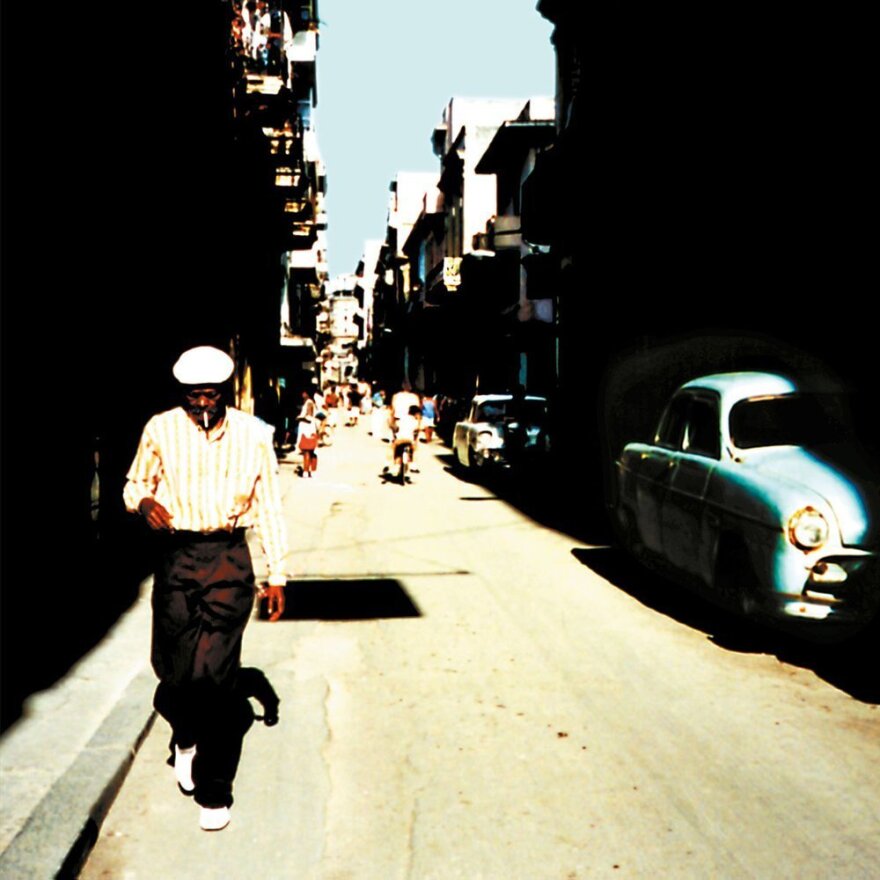
Buena Vista Social Club
Buena Vista Social Club (1997)
The Buena Vista Social Club phenomenon — with the eponymous album and the subsequent Wim Wenders documentary — was a major cultural occurrence at the end of the last century. Ry Cooder's 1996 trip to Havana's EGREM studios to record African musicians with their Cuban counterparts ran into visa trouble, which led him to find overlooked singers and musicians from Cuban music's golden decades to record instead. Compay Segundo, Ibrahim Ferrer and Rubén González turned out to be just what America was looking for. These gentlemen had heartbreaking stories to go with their musicianship. "Chan Chan," the classic song that began the original Buena Vista disc, has become a classic, and González's incredible, romantic jazz stylings on piano touched hearts. It was nostalgic and exotic. It was perfect. —DD

Beck
Odelay (1996)
In 1996 Beck's Odelay topped the Pazz & Jop critics' poll. The songs, the variety, the production and the sheer creativity make it our pick, too. It was the first in a string of remarkable releases that showcased the increasing diversity of Beck's work. After the left-field success of "Loser" on the album Mellow Gold, Beck took his time making Odelay. (There is even a story that the title was really "Oh Delay.") The album introduced us to "two turntables and a microphone," then turned around and hinted at the quieter material that Beck would explore further on Mutations. —DD

Dave Matthews Band
Under The Table And Dreaming (1994)
It's hard to believe that the Dave Matthews Band was once a fledgling regional phenomenon in the Southeast. But the success of the band's live shows and self-released live record paved the way to its signing with RCA and releasing Under The Table And Dreaming in September 1994. Matthews has always been a charismatic singer, but it is the interplay of this band of equals, as captured on this album, that has made DMB a stadium-filler. Under The Table is packed with the songs that, even today, still get arenas packed with fans to rise as one. —DD

Liz Phair
Exile In Guyville (1993)
Exile In Guyville was as much a cultural phenomenon as it was an album: Liz Phair succeeded in creating an indie-rock feminist manifesto that was fun to listen to. Guyville operated on so many levels: as a shot across the bow of the male-dominated Chicago indie-rock scene, as a purported song-for-song response to the Stones' Exile On Main Street, as an in-your-face piece of sexual candor honoring women's lust. But none of that would have worked without phenomenal songs. Go back and listen — it's not simply the lyrics that propel these songs. Did she ever equal this again? Maybe not, but it provides us with a moment to "All Hail Liz Phair!" —DD

Sheryl Crow
Tuesday Night Music Club (1993)
Sheryl Crow made quite an entrance with her 1993 debut, Tuesday Night Music Club. The Midwestern singer-songwriter incorporated enough SoCal bohemianism into her aesthetic to capture the times. You see, after her overproduced first stab at a debut album was rejected, she worked on her second try with a real-life "Tuesday Night Music Club," including co-writer David Baerwald — and the informality of the new arrangements served the songs well. "All I Wanna Do," with its Stealers Wheel nod, was a piece of poetry turned into a hit, and it got Crow's enduring career well under way. —DD
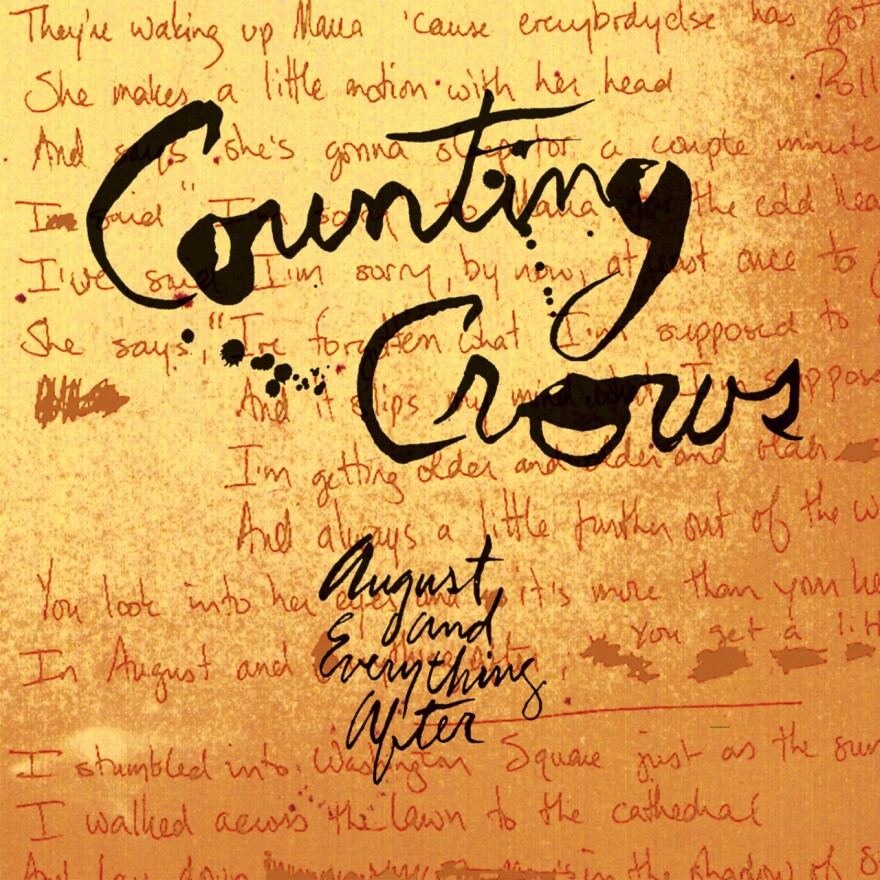
Counting Crows
August And Everything After (1993)
Few debut albums made their power as immediately apparent as the 1993 debut from Counting Crows, August And Everything After. In many ways, this record and The Wallflowers' Bringing Down The Horse were part of the last gasp of the classic singer-songwriter bands rooted in the '70s. Counting Crows displayed an underlying pop sensibility, along with a knack for impressionistic pieces like "Raining In Baltimore" and "Perfect Blue Buildings." The album also helped solidify the commercial credentials of producer T Bone Burnett, whose hands-off production style helped songwriter Adam Duritz render his best work. —DD
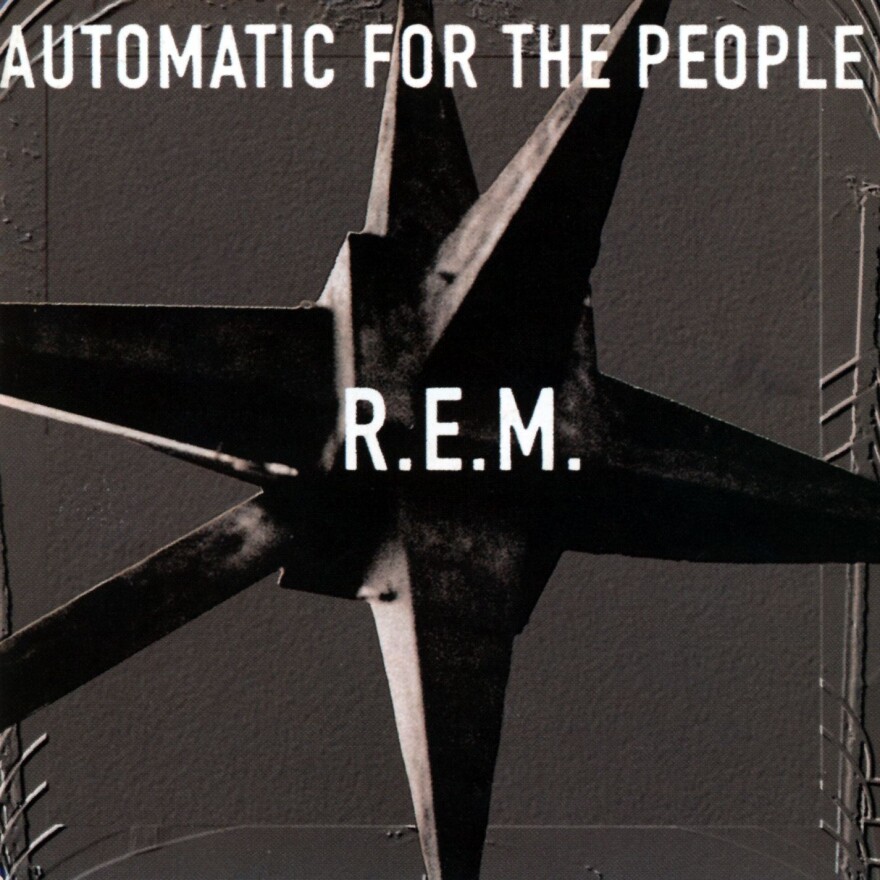
R.E.M.
Automatic For The People (1992)
It's often tough to pick a particular album from an artist that had multiple releases out during the World Cafe years. But sometimes there was one that stood heads and shoulders above the others — such as R.E.M.'s Automatic For The People, from 1992. It's the critical, as well as popular, pinnacle of the band's career. The four huge songs that front-load the album, from "Drive" to "Everybody Hurts," also showed the artistic breadth of the mature band. And the songs ended up being heard everywhere, from Walkmen (!) to shopping malls. It wasn't what one might have predicted after hearing Murmur almost a decade before. —DD

Los Lobos
Kiko (1992)
In 1992, Los Angeles roots band Los Lobos, already five albums into a respected career, made an album that pushed the group's creativity into overdrive. Two things happened: First of all, the band worked with producer Mitchell Froom, whose facility with tape loops and other fringe sounds became a springboard for future experimentation. You hear that in songs like Cesar Rosas' "That Train Don't Stop Here Anymore," where the loping shuffle of the composition veers off onto the side streets. And you certainly hear it on the irresistible title track, "Kiko And The Lavender Moon." Secondly, the creative combination of drummer Louie Pérez and guitarist David Hidalgo, who'd begun to write together on the band's previous album, The Neighborhood, really came into their own as a team with standouts like "Reva's House." The band's explorations would continue with its next major studio album, Colossal Head, and the spinoff band the Latin Playboys, but Kiko was the junction where Los Lobos' creativity came together. —DD

Richard Thompson
Rumor And Sigh (1991)
After forming Fairport Convention in the 1960s and recording emotionally intense and musically dense albums with his then-wife, Linda Thompson, in the '70s and '80s, Richard Thompson might have seemed ready for a break. But whether it was the chance to make a major-label record for Capitol (remember, this was 1991, back when "major label" meant something) or just an abundance of stellar material, something led Thompson to make a career-defining record with Rumor And Sigh. The album's easy production was perfect for the beginning of the singer-songwriter decade; if you didn't really listen to the lyrics, which were often dark and at least slightly twisted, songs like "Read About Love" and "I Feel So Good" would breeze right by. Thompson coiled his often-lengthy guitar breaks into tight knots to fit the songs. And then there was "1952 Vincent Black Lightning," Thompson's masterpiece of a modern folk ballad. —DD
Copyright 2017 XPN


